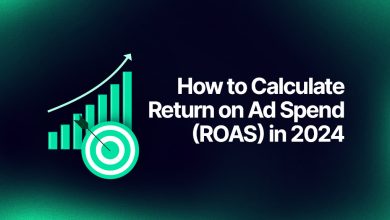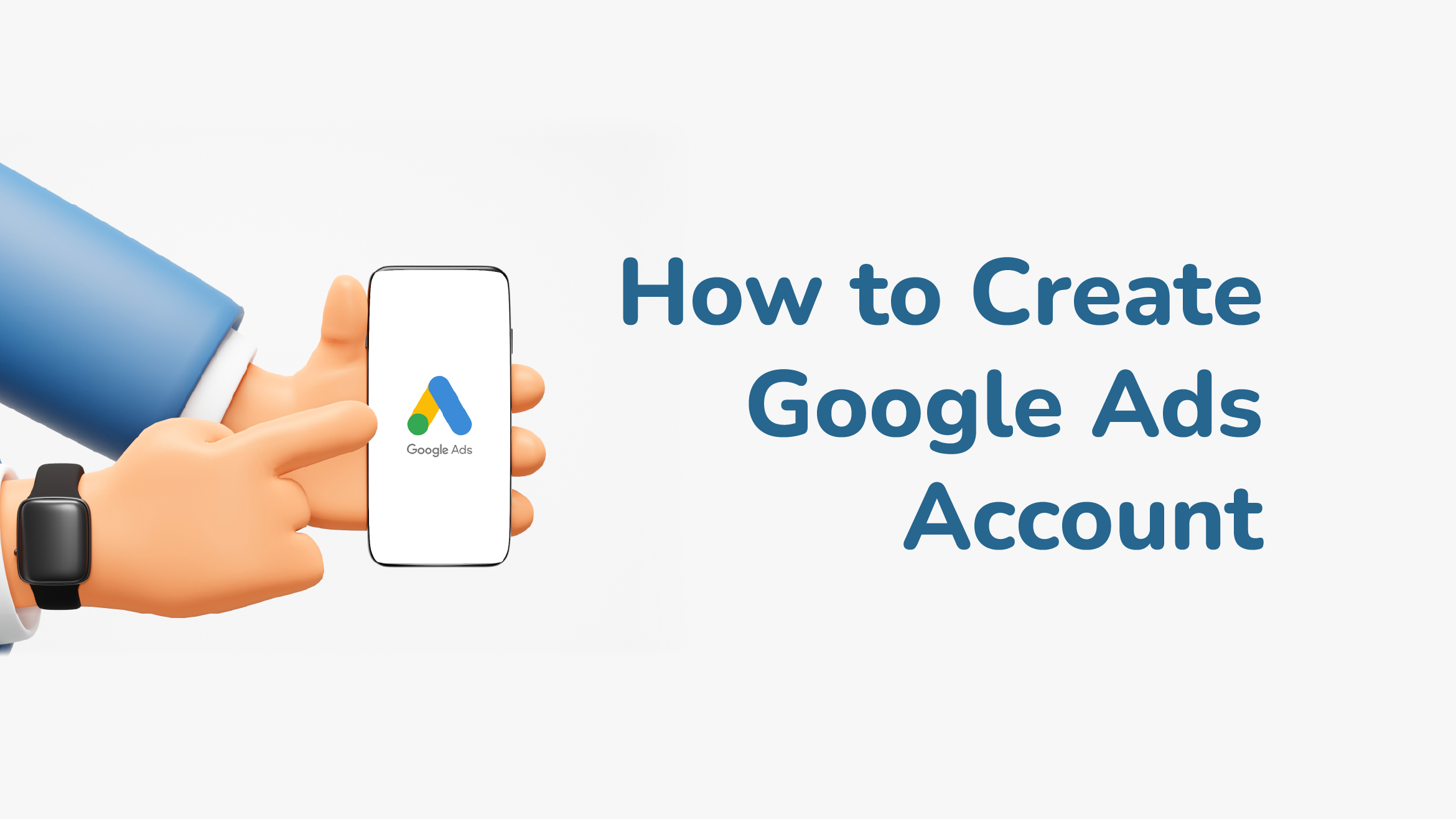What Is Bounce Rate?

Table of Contents
What is bounce rate in digital marketing? When it comes to analyzing website performance, one metric that holds significant importance is the bounce rate. Understanding what it is and its implications is important for webmasters, digital marketers, and anyone involved in online business.
Have you ever visited a website, looked at just one page, and then left? That’s what we call a “bounce.” The bounce rate is like a scorecard for this behavior. It tells us the percentage of people who do just that.
If your website has a high bounce rate, it could mean people aren’t finding what they expected or that your page takes too long to load. On the other hand, a low bounce rate shows that visitors like what they see and stick around to explore more.
In this blog journey, we’ll explore bounce rate in simple terms answer the question of what is bounce rate in marketing. We’ll talk about what’s considered a good bounce rate, the difference between bounce rate and exit rate, how to figure out your bounce rate, and some tricks to lower it if it’s too high. So, get ready to make sense of it and make your website a more inviting place for visitors!
What Is a Good Bounce Rate?
You may wonder, “What is considered a good bounce rate?” Finding the benchmark is essential to evaluating your website’s functionality and user engagement. While there isn’t a universal standard, understanding the bounce rate industry average and your website’s unique characteristics can provide valuable context.
In general, an ideal bounce rate below 40% is often considered excellent because it shows that a significant number of visitors are exploring multiple pages on your site. A bounce rate marketing rate between 40% and 60% is average and common for many websites. However, certain industries or landing pages might have higher bounce rates due to their specific nature.
On the other hand, a bounce rate higher than 60% should cause concerns because it indicates that a large portion of visitors are leaving the site without engaging further. It’s important to note that what constitutes an ideal bounce rate can change based on the type of website and its objectives.
The interpretation of bounce rates is affected by various factors such as content type, industry norms, and the purpose of specific pages. For instance, a blog might have a higher industry standard bounce rate by industry compared to an e-commerce site, where users are expected to navigate through multiple product pages.
Regularly monitoring your website’s normal bounce rate and comparing it to industry benchmarks can help you assess the effectiveness of your content, user experience, and overall website performance. Finally, the goal is to find a balance that aligns with your website’s objectives and user expectations, ensuring a positive and meaningful online experience for your visitors.
What’s the Difference Between Bounce Rate & Exit Rate?
Understanding the difference between bounce rate and exit rate is important for gaining a comprehensive view of user behavior and optimizing your website accordingly.
The bounce rate represents the percentage of visitors who leave your website after viewing only one page. It considers visitors who enter your site, view a single page, and then leave without further interaction. A high bounce rate may suggest that visitors did not find the content engaging, relevant, or in line with their expectations. It’s often associated with a lack of exploration beyond the initial landing page.
Exit rate, on the other hand, is the percentage of visitors who leave your site after viewing a specific page. It focuses on users who exit the site from a particular page, regardless of whether they explored other pages before. Exit rate helps identify problematic pages or steps in a user’s journey. A high exit rate on a specific page could suggest issues or disinterest related to that particular content or functionality.
To illustrate the difference, consider a scenario where a user lands on your homepage (Page A) and then navigates to a blog post (Page B) before leaving the site. For Page A, the bounce rate remains unaffected, as the user explores multiple pages. However, Page B would contribute to the exit rate, as the user exited the site from that specific page.
In summary, while both metrics provide insights into user exits, bounce rate marketing is a broader measure of single-page visits, whereas exit rate focuses on the final interactions on specific pages. Combining the analysis of these metrics can help pinpoint areas of improvement, guiding your efforts to improve the overall user experience and reduce the likelihood of premature exits from your website.
How to Calculate Bounce Rate

Calculating bounce rate is a simple process that involves using a simple formula. By understanding this metric, you can gain valuable insights into user engagement on your website. The bounce rate formula is as follows:
Bounce Rate = Single-page Sessions / Total Sessions
Single-page Sessions: This represents the number of instances where visitors enter the site and leave without interacting beyond the initial page.
Total Sessions: This represents the overall number of visits or sessions to your website.
Understanding and regularly measuring your website’s bounce rate is important for evaluating the effectiveness of your content and user experience. By incorporating bounce rate analysis into your overall web analytics strategy, you can make informed decisions to increase user engagement and optimize the performance of your website.
How to Reduce High Bounce Rate?
A high bounce rate can be a cause for concern, signaling that visitors are leaving your website without exploring further. To improve user engagement and lower bounce rates, consider implementing the following strategies:
1. Optimize Website Content
Regularly assess your content’s relevance to your target audience. Make sure it addresses their needs, questions, or pain points. Create compelling headlines and introductions to capture visitors’ attention and encourage them to explore more.
2. Improve Page Load Speed
Compress images without sacrificing quality, use efficient coding practices, and take advantage of browser caching to improve page load times. Visitors tend to abandon slow-loading pages, so improving speed can significantly reduce bounce rates.
3. Optimize Your Mobile User Experience
With the increasing use of mobile devices, it’s important to have a responsive design that provides a seamless experience across various screen sizes. Test your site on different mobile devices and optimize the layout for smaller screens. Make buttons and links touch-friendly, ensuring a smooth navigation experience on mobile devices.
4. Improve Readability
Choose readable fonts and maintain consistency across your site. Adjust font sizes appropriately for different sections. Break up content into shorter paragraphs, and incorporate headings, subheadings, and bullet points. Create a visually appealing layout that improves the overall reading experience.
5. Provide Relevant Internal Links
Strategically insert internal links contextually within your content, guiding visitors to related articles, products, or resources. Consider implementing widgets that showcase related content, encouraging users to explore more of what your website has to offer.
6. Implement Clear Calls-to-Action (CTAs)
Position CTAs prominently on your pages, ensuring they are easily noticeable. Communicate the value proposition and the desired action you want visitors to take, whether it’s exploring more content, signing up, or making a purchase.
By improving these strategies, you can create a website that not only attracts visitors but keeps them engaged. Regularly analyze user behavior through analytics tools, gather feedback, and iterate on these improvements to maintain a website that aligns with user expectations and significantly reduces bounce rates.
In conclusion, understanding and addressing bounce rates are critical for a successful website. Whether defining a good bounce rate, differentiating it from the exit rate, or using its formula, these insights empower you to increase user engagement.
Managing this rate is an ongoing process. Stay agile, prioritize user experience, and refine your approach based on insights. By doing so, you’ll not only lower your bounce rates but also create a loyal online audience.
The “average” bounce rate formula changes by industry and type of website. Generally, rates below 40% are considered excellent, while rates between 40% and 60% are typical. However, benchmarks differ, and what’s acceptable for one industry may be high for another.

Is a High Bounce Rate a Bad Thing?
A high bounce rate isn’t always a bad thing. It depends on the context. For specific content or landing pages, it might be normal. However, consistently high bounce rates across the entire site could signal potential issues.
What’s The “Average” Bounce Rate?
The “average” bounce rate changes by industry and type of website. Generally, rates below 40% are considered excellent, while rates between 40% and 60% are typical. However, benchmarks differ, and what’s acceptable for one industry may be high for another.
Is Bounce Rate a Ranking Factor?
No, bounce rate is not a direct ranking factor for search engines. Google considers various factors like relevance and content quality. While a high bounce rate may indirectly impact rankings, it’s crucial to focus on overall website quality for better SEO performance.
Why is tracking Google Analytics Bounce Rate Important?
Tracking Google Analytics Bounce Rate is crucial for several reasons. It provides insights into user engagement, content effectiveness, and website performance. Monitoring bounce rates helps identify areas for improvement, optimize content, and enhance user experience. It’s a valuable metric for understanding how visitors interact with your site and making data-driven decisions to improve overall website effectiveness.




Insightful article. Your explanation of bounce rate and its impact on digital marketing is clear and informative. Thanks for sharing this valuable knowledge!